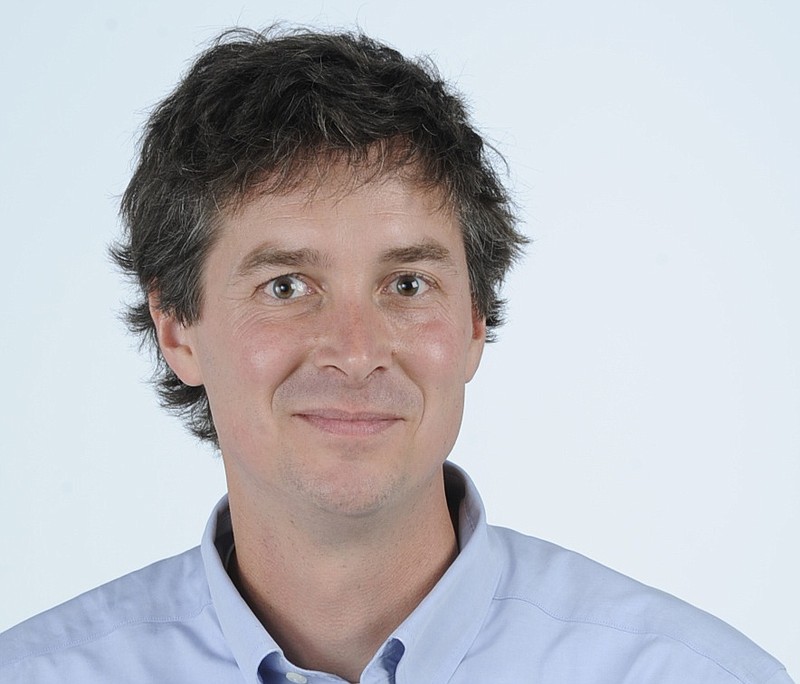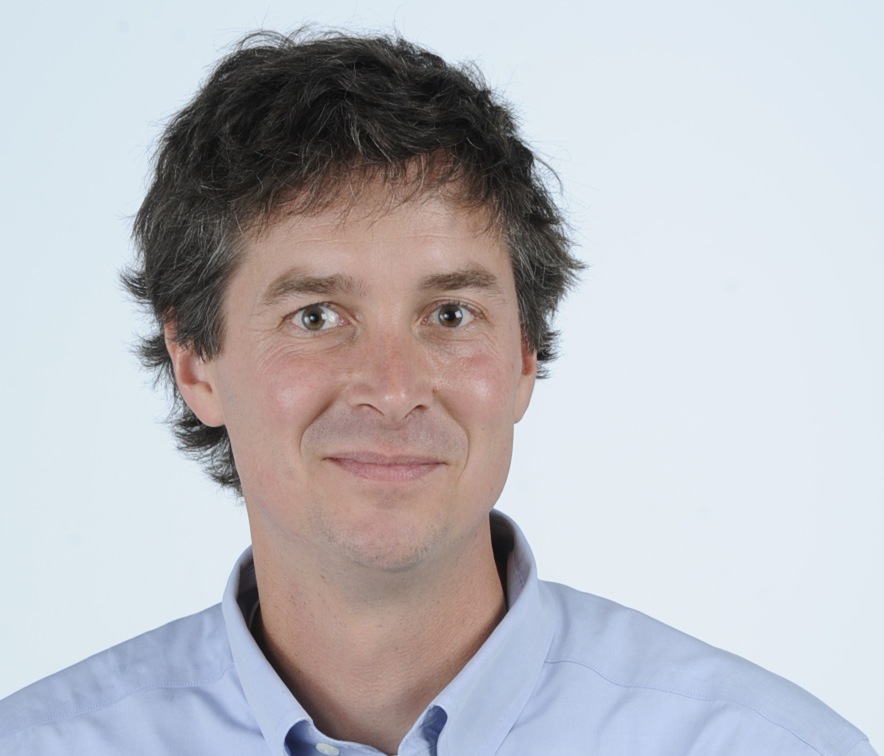Before us?
The Cherokees.
The history we tell ourselves here is often boiled down to that simple narrative: before any white, Euro-American presence in this area, there were Cherokees. And lots of them.
Walk around town, and this narrative is reinforced. Ross's Landing and John Ross. The Passage art exhibit near the Tennessee Aquarium. The 175th anniversary of the Trail of Tears. Renewed interest in Moccasin Bend.
While this Cherokee-heavy history is true, it also isn't. Reducing our local history to such simple terms -- the Cherokees were here -- bypasses and ignores the complexity of our area's indigenous past. Doing so is not only inadequate, it is cultural looting: we take what we like and leave the rest.
This is not malicious or conscious even, and plenty of area historians are rich with accurate stories and facts. But unless there is an active effort to retell the pre-white story in even grander ways, we in the majority will often take the simplest road possible, content with easy explanations: before us, the Cherokees.
"The Cherokees were not the only ones removed," said Dr. Don Gala, a Muscogee Creek who was part of the Chattanooga Intertribal Association. "There were Creeks removed, Choctaw removed, Seminole Indians that they could catch were removed, Chickasaws were removed. The thing you always hear about was Cherokee people."
Gala remembers a moment in the late 1990s, when representatives and principal chiefs of Muscogee Creek and Cherokee governments came to Chattanooga to discuss the future of Moccasin Bend.
"The Cherokee principal chiefs and representatives deferred to the Muscogee Creek as to what to do with Moccasin Bend," he said.
Why?
"Those 900-plus graves out there are not of Cherokee but rather of Muscogee Creeks," Gala said.
Most of us have not heard that. Or, as Gala claimed, that more people died from the cruelty and sickness of government stockades than on the Trail of Tears itself. Or, he continued, that Yuchi Indians were once here.
Or that the land near Amnicola Highway's Boathouse restaurant used to be a burial mound.
"Citico Mound," said Dr. Nick Honerkamp. "That was a huge, big, flattop mound that was carted away as roadfill when they built the Dixie Highway."
Honerkamp, who directs the Institute of Archaeology at University of Tennessee at Chattanooga, said there were two theories on who was here and for how long. One model: the Cherokees as original people here.
"It goes all the way back as far as you want it to go. A single kind of continuity of Cherokee," he said.
The other?
"Creeks were here, early," he said.
Spanish conquistadors (did DeSoto sleep here?) plus disease plus warfare depopulate Muscogee Creeks, which were here before Cherokees. Honerkamp called it a perfect storm, this shock wave of sickness and violence and conquest that sent the Creeks elsewhere.
"One theory is that the Creeks consolidated and moved south and west into Alabama," he said.
Which left this beautiful, fertile land empty. Enter the Cherokees.
"There's Dragging Canoe [the great Cherokee chief] by 1776. There are 11 towns here," he said.
Honerkamp, unlike Gala, isn't so sure the graves at Moccasin Bend aren't Cherokee. Artifacts have been looted or destroyed and proving such ancestry is difficult, for multiple reasons. Still, Honerkamp enjoys the mystery behind such history.
"It enriches our understanding of Moccasin Bend as a complex place, not a static one," he said.
You want more complexity? Drive down Amnicola Highway; halfway between the Chattanooga Police Department and Chattanooga State, turn onto Lost Mound Drive.
There, among the barbed wire fencing and 18-wheeler exhaust, is one of the most precious places in the city: the Chickamauga Mound, perhaps 2,000 years old.
"It's the oldest art in Chattanooga, the oldest human structure of Chattanooga, built before the Muscogee," said Tom Kunesh, former state commissioner of Indian Affairs and member of the Chattanooga Intertribal Association.
Kunesh and friends have spent many days there, cleaning up the area, reclaiming the burial mound against cultural amnesia and reintroducing it into our city's collective memory.
To see the mound is a disorienting experience, like you're straddling two worlds and two times. This centuries-old burial ground -- its green grass and tall trees so still -- is surrounded by factories and fast food and highway noise. There, in the midst of today, is yesterday.
It's confusing and humbling and saddening and inspiring all at once, which is what history is as well, when we remember it correctly.
Contact David Cook at dcook@timesfreepress.com or 423-757-6329. Follow him on Facebook and Twitter at DavidCookTFP.

